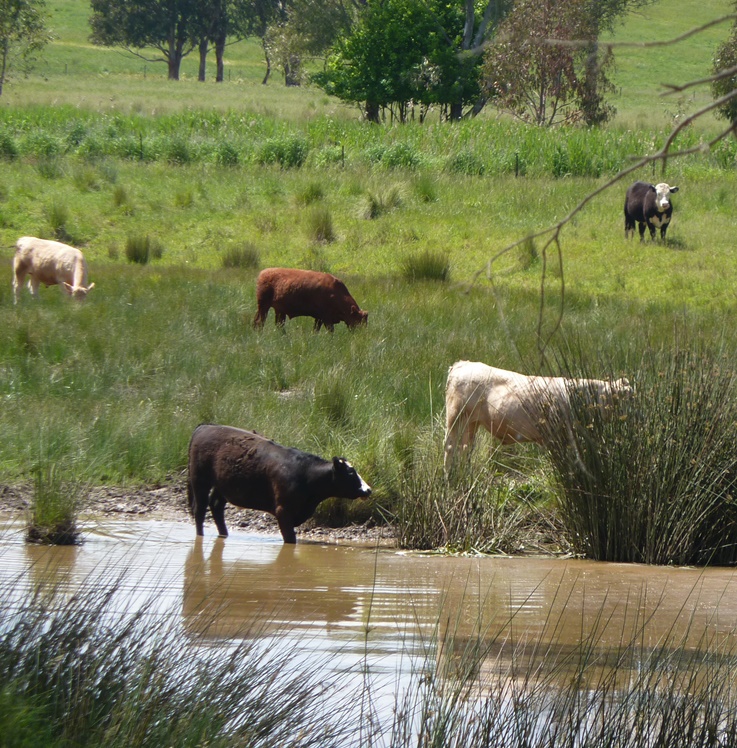Livestock grazing in wetlands is common in Victoria and mostly occurs on private land. If not properly managed, grazing can degrade the condition of wetlands by compacting or pugging soils, dispersing the seeds of weeds, trampling vegetation and contaminating the water with animal waste. This can lead to an increase in weeds, a reduction in native flora abundance and diversity, an alteration of vegetation structure and poor water quality. However, in some situations, if carefully managed, grazing can be beneficial to wetlands because it can control weeds that have already established in the wetland, and it can reduce the dominance of particular species. This can help improve native flora diversity.
ARI, in collaboration with environmental consultants and wetland specialists, have developed a guide to assist wetland practitioners identify grazing options. Valuable input was also sought from wetland specialists and several Catchment Management Authorities (CMAs). The guide is based on an understanding of the potential benefits and impacts of grazing in wetlands and has three key objectives:
- maintain the vegetation condition of high-quality wetlands
- improve the vegetation condition of poorer quality wetlands
- manage the vegetation condition for significant fauna.
The guide supports grazing management decisions in wetlands by providing:
- a livestock grazing decision framework
- guidelines on best grazing practice
- recommendations on monitoring and evaluation to assess grazing impacts.
It is intended that the guide will be used by natural resource management practitioners, environmental consultants and researchers who have specific skills in assessing wetland vegetation condition, wetland values and threats. The development of the guide was funded by DELWP's Water and Catchments Group.


For more information contact: kaylene.morris@delwp.vic.gov.au
The guide is available below:
Page last updated: 17/12/19